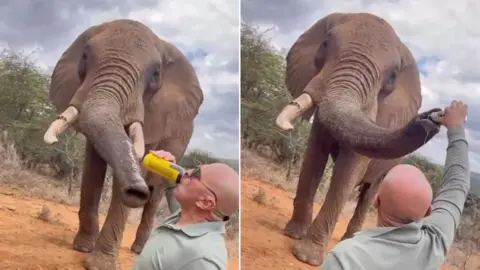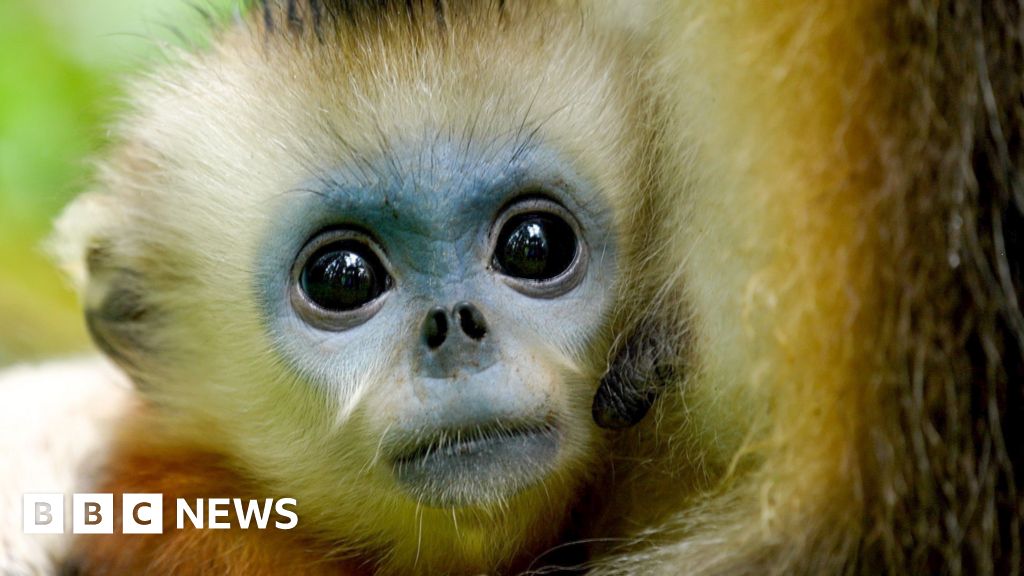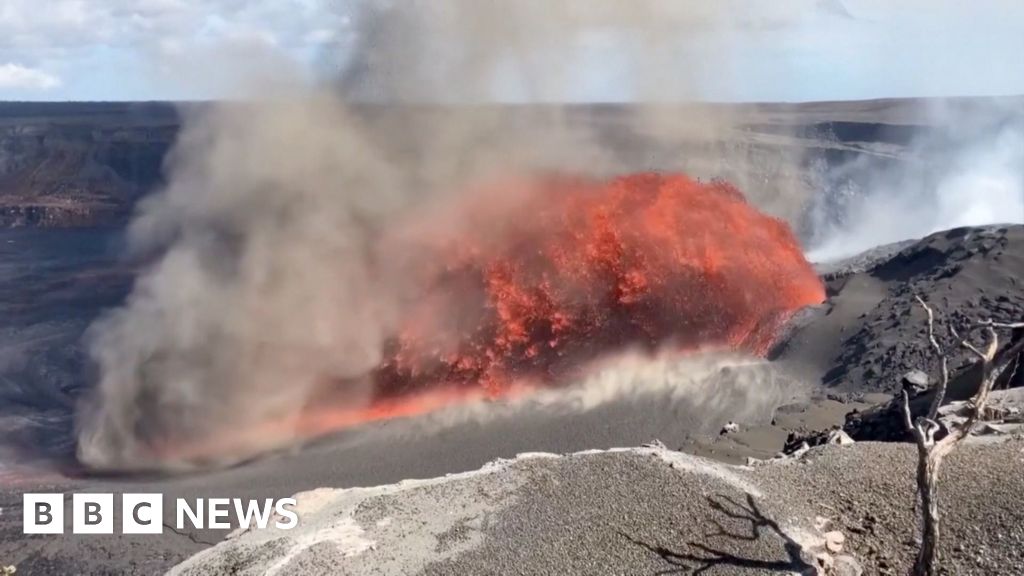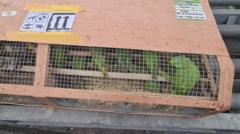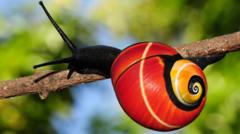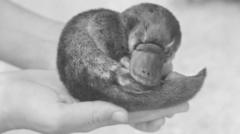In a critical effort to revive the population of the endangered ʻalalā, or Hawaiian crows, a team of researchers and conservationists have taken a bold step by releasing five young birds into the wild on the island of Maui. This reintroduction marks a significant attempt to breathe life into a species that has not been seen in its natural habitat for twenty years. With only about 110 ʻalalā remaining globally, the hope is that removing these crows from the threat posed by hawks will enable them to thrive once again.
Unlike previous efforts that took place on the Big Island, where hawks posed a deadly challenge, this new strategy focuses on the forests of Maui, believed to provide a safer environment for the birds. Alison Greggor, an ecologist with the San Diego Zoo Wildlife Alliance, emphasized that these five birds represent the future of their species.
Previous reintroduction efforts encountered difficulties. From 2016 to 2019, thirty ʻalalā were released back into the wild, yet many succumbed to predation, particularly by hawks. Despite these setbacks, the latest endeavor aims to alter the course of the species' fate positively. If these young crows adapt and flourish on Maui, it could signify a pivotal victory in the fight to restore them to their original habitats.
With the stakes high, the conservation team remains hopeful that this new direction will pave the way for the ʻalalā's potential resurgence and inspire future initiatives in wildlife preservation.











